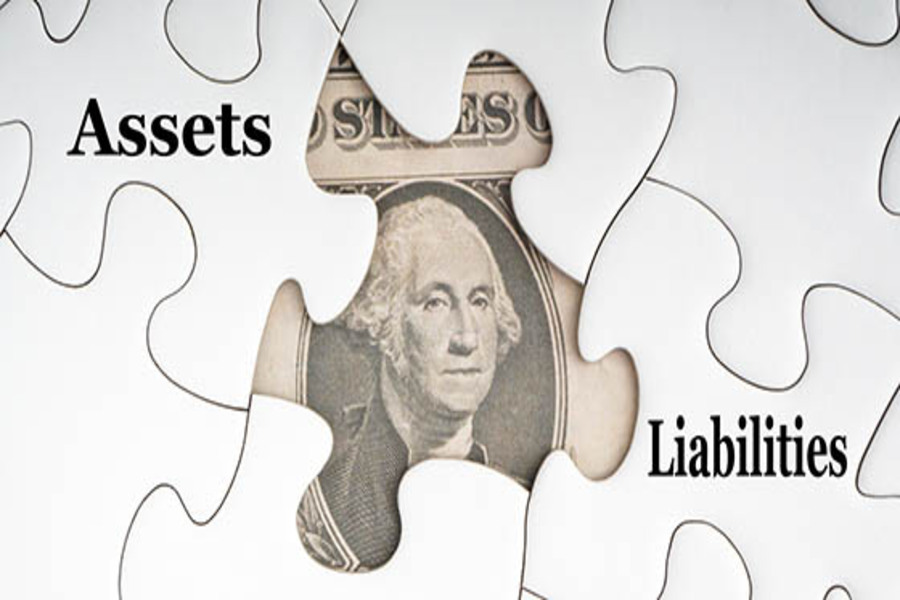Don’t Overlook the Cost Approach When Valuing a Private Business

There are three commonly accepted techniques for valuing a closely held business: the cost (or asset-based) approach, the market approach and the income approach. Valuation professionals routinely consider all three approaches before deciding which is most appropriate for the circumstances or choosing to use a blend of approaches.
Some people mistakenly assume that the cost approach will always undervalue a business or business interest. While the preliminary value under this approach sometimes serves as a “floor” for a company’s value, that’s not always the case. Here’s a closer look at how the cost approach works and when it might be an appropriate valuation method.
Understanding book value
The cost approach starts with the company’s balance sheet. However, it’s important to recognize that the amounts reported on the balance sheet for assets and liabilities may not reflect their fair market values to a hypothetical buyer or seller. One reason is that, under U.S. Generally Accepted Accounting Principles (GAAP), assets are recorded at historical cost. Over time, historical cost may understate market value for appreciable assets, such as marketable securities and real estate.
Additionally, internally generated intangible assets — such as copyrights, patents, brands and goodwill — are generally excluded from balance sheets prepared in accordance with GAAP. These assets show up on the balance sheet only if they were acquired from outside parties or other companies. Balance sheets also might not include contingent liabilities, such as pending litigation or IRS audits. Moreover, companies that don’t follow GAAP may exclude accruals (such as accounts receivable and payable) and rely on accelerated depreciation methods that understate the market value of fixed assets.
Adjusting the balance sheet
When applying the cost approach, valuation experts identify all the company’s assets and liabilities, including those not recorded on the balance sheet. Next, they assign a value to each item, based on the appropriate standard of value (typically, fair market value). This process results in the creation of a market-based balance sheet.
While the cost approach can provide valuable insight, identifying and revaluing each asset and liability separately often requires significant time and effort. In addition, revaluing certain assets — such as machinery, equipment and real estate — may require separate appraisals by outside specialists.
Applying the cost approach
This approach is often associated with struggling companies that are worth more “dead than alive.” For this reason, the value derived under the cost approach sometimes serves as a useful benchmark in bankruptcy to help management evaluate whether to liquidate or reorganize.
However, the cost approach may be relevant for healthy businesses, too. For example, many buyers and sellers turn to the cost approach in M&A because it assigns a specific value to the individual assets and liabilities owned by the business. That’s different from either the income or market approach. Those approaches provide an aggregate value for the business but don’t assign value to specific assets and liabilities.
Using a cost approach analysis, the buyer and seller can specify which assets and liabilities to include (or exclude), allowing them to negotiate more effectively. Then, after the deal is closed, a cost approach analysis can be used to allocate the company’s purchase price for tax and accounting purposes.
In addition, the cost approach may be the preferred methodology when valuing a business for litigation purposes. That’s because it’s perceived as straightforward, especially when used for asset-holding companies and small manufacturers that rely heavily on their “hard” assets. It may also be useful for start-ups that have yet to generate significant earnings or when the parties present conflicting appraisal evidence.
For instance, the Nebraska Supreme Court relied on the cost approach to value a dissenting shareholder’s interest in Bohac v. Benes Service Co. (310 Neb. 722, 969 N.W.2d 103, 2022). The subject company was a viable family-owned farming operation. The parties’ valuation experts agreed that the market approach wasn’t applicable because there weren’t any comparable transactions. The company relied heavily on tangible assets, including equipment and parts inventory, and the value derived under the cost approach was higher than the value under the income approach.
(This is Blog Post #1678)


